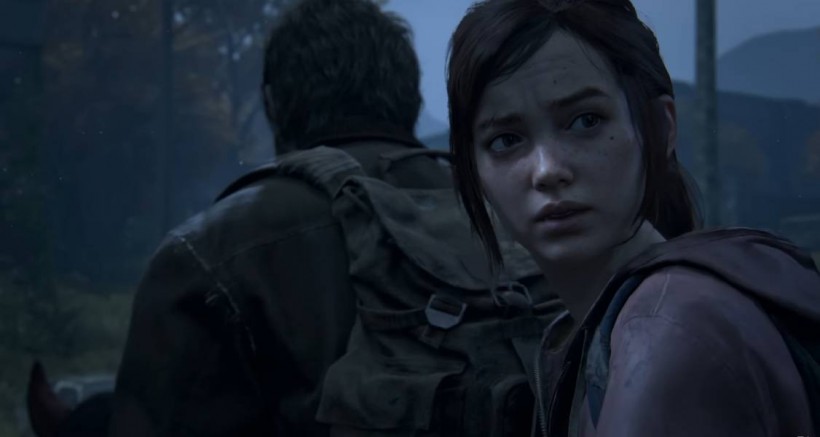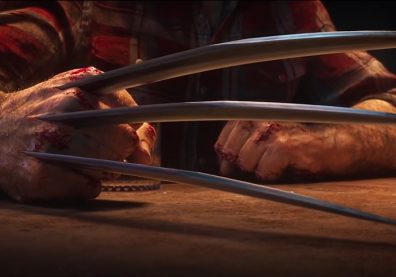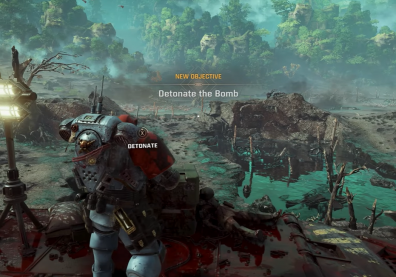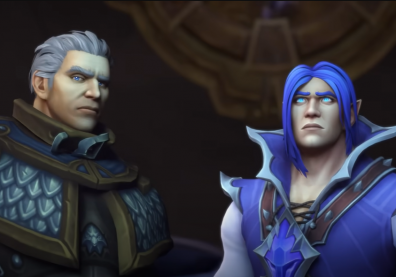Video game graphics have come a really, really long way ever since the days of Pong. Over the years, we've seen how game visuals got massive boosts with every new hardware generation. However, the release of modern game remakes (specifically The Last Of Us Part 1 for the PS5) has gotten people wondering: have game graphics actually plateaued?

the last of us part 1
This was the argument that PCMag made upon the reveal of Naughty Dog's remake of its PS3-era title. According to them, the PS5 remake of The Last Of Us is the "purest and starkest example of diminishing returns among new console generations." They even went as far as calling the re-release "aesthetically unnecessary."
Comparing Older Console Generations
To see whether PCMag's claims are true, all you need to do is to see just how much video game graphics have changed over the past console generations. In the past, graphical jumps were incredibly astounding - to the point that the succeeding consoles were basically rendering their predecessors obsolete.
Here's a quick "evolution of video game graphics" video uploaded to YouTube illustrating these graphical jumps over multiple console generations:
The history of video games actually goes way, way back so we're just going to feature titles starting from the 80s to the 90s. Back then, there was a quick evolution from flat, 2D, pixelated visuals to 3D graphics - which even by modern standards is already a massive visual jump.
Then, the so-called "3D Revolution" began with the introduction of consoles like the original PlayStation and Nintendo 64, among others - all because console manufacturers wanted to make even more powerful hardware. And with powerful hardware came better-looking games.
For simplicity's sake, however, we're going to compare the graphical jumps between the PS1, PS2, PS3, PS4, and PS5. Here's a video comparison from the YouTube channel Ultimate Gamerz featuring a roster of different Spider-Man games on the five PlayStation consoles:
Read Also: The Next Big PlayStation Showcase Might Not Come Until September - Rumors
As you can see, there was almost always a huge jump in the quality of video game graphics with every succeeding generation. PS1 to PS2 made the leap from basic, pixelated 3D-like graphics to true 3D by the next console. Then, PS2 to PS3 was another massive jump with the game's textures looking even more realistic, coupled with far better lighting, shadows, and overall smoothness.
But perhaps the most significant improvement was the one that occurred from the PS3 to the PS4 generation. While games on the PlayStation 3 looked far more realistic than those on the PS2, they absolutely paled in comparison to the ones that were built specifically for Sony's 8th generation console.
The Slowdown
And then came the PS4 to PS5 transition which, by all means, really doesn't show much of a graphical upgrade. Sure, there are a few games that do exhibit far more than just a frame rate and resolution bump. But most of the time, you have to agree that games coming out for the PS5 could very well have been built for the PS4 and you wouldn't notice the difference.
Here's a video from YouTuber KnowledgeHusk explaining the apparent lack of massive graphics jump from the 8th to 9th gaming console generations, even if there's the constant promise of "next-gen gaming" that comes with the new hardware:
Tech Considerations
What about new "next-gen" gaming tech like ray tracing? Well, that's also another topic entirely, but the main gist is this. If you turn this setting on in games that support it, most of the time ordinary gamers won't even be able to tell the difference.
Ray tracing is one of those next-gen gaming features that's almost always promoted on the box of the PS5 and the Xbox Series X these days, but for the insane hardware and performance requirements it has - coupled with the slight visual improvements at best - there's no discernable reason for even turning on Quality Mode on these consoles. You'd rather have a smoother frame rate than a good-looking game, and you know it - unless, of course, you're more of a graphics person.
Looking Ahead
So, have video game graphics already peaked? Perhaps. There's plenty of evidence to suggest that the gaming industry is at that precipice. But remember that next-gen gaming consoles are still in their infancy, and so many other things can happen as the current gaming generation wears on. For now, however, even sticking to your old PS4 or PC hardware is not too bad.
Related Article: Video Game Graphics EXPLAINED: What Does Ambient Occlusion, Anti-Aliasing, Etc. Mean?
This story is posted on GameNGuide
Written by RJ Pierce









